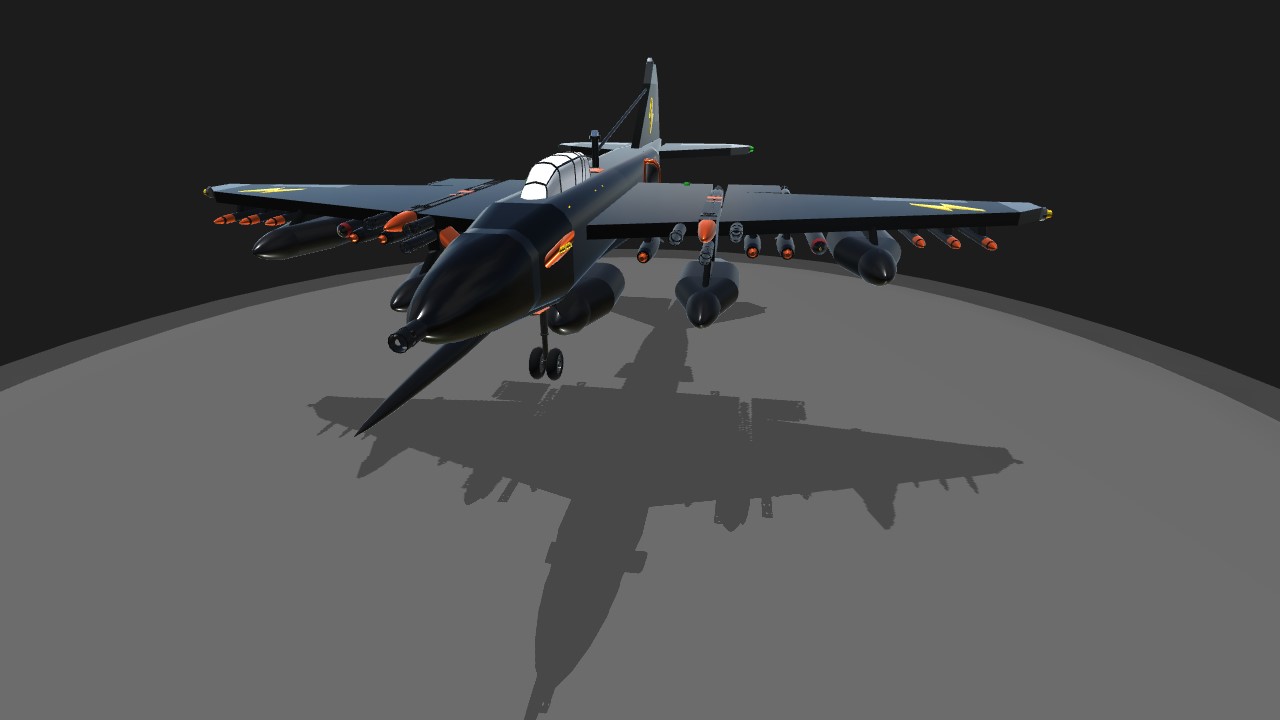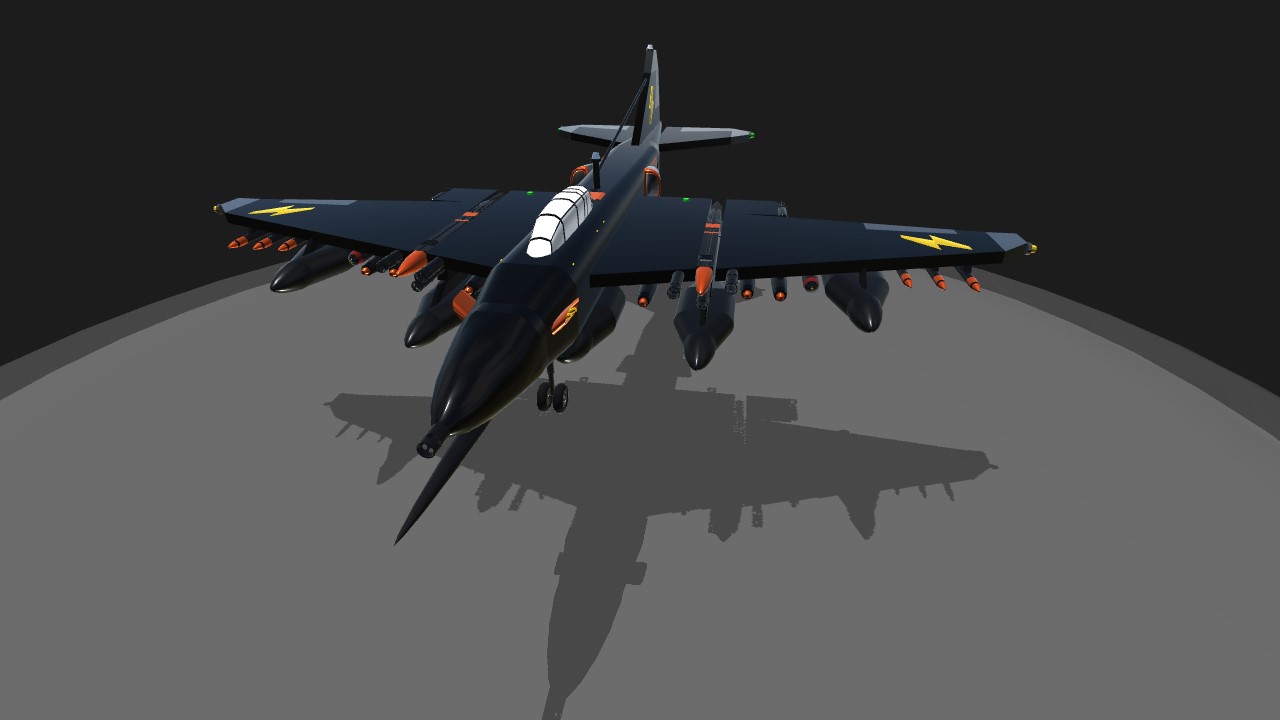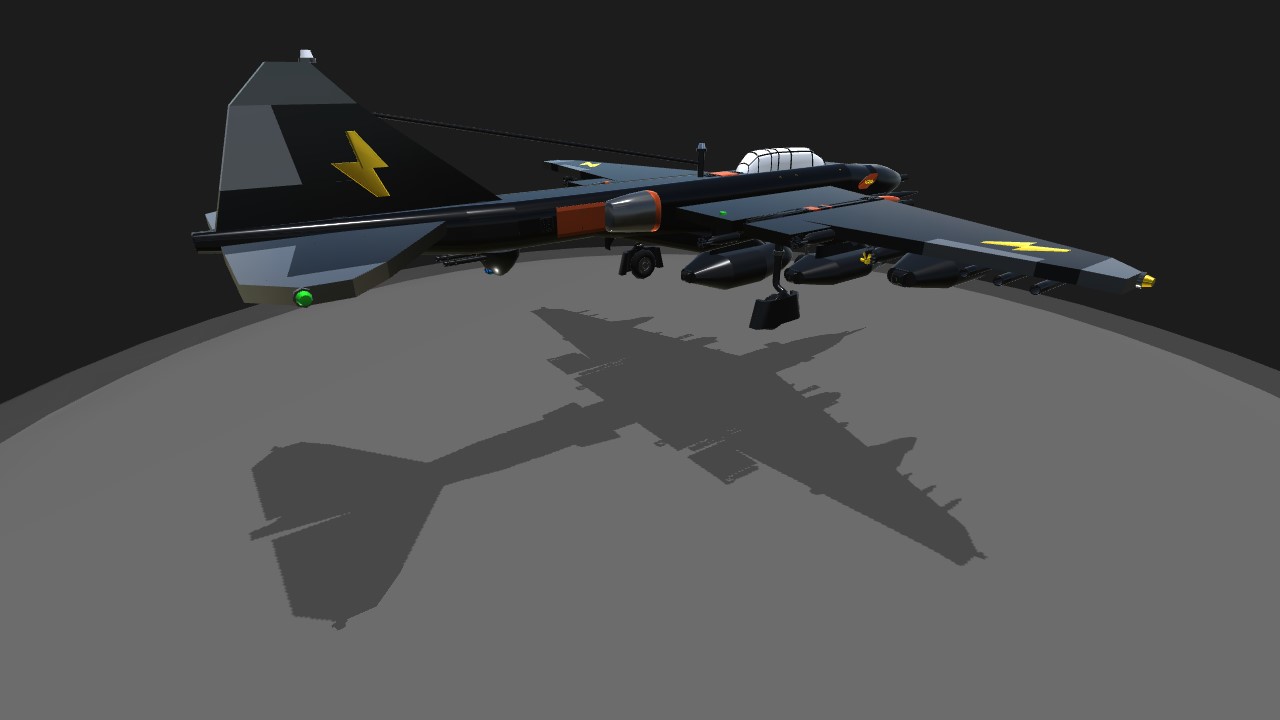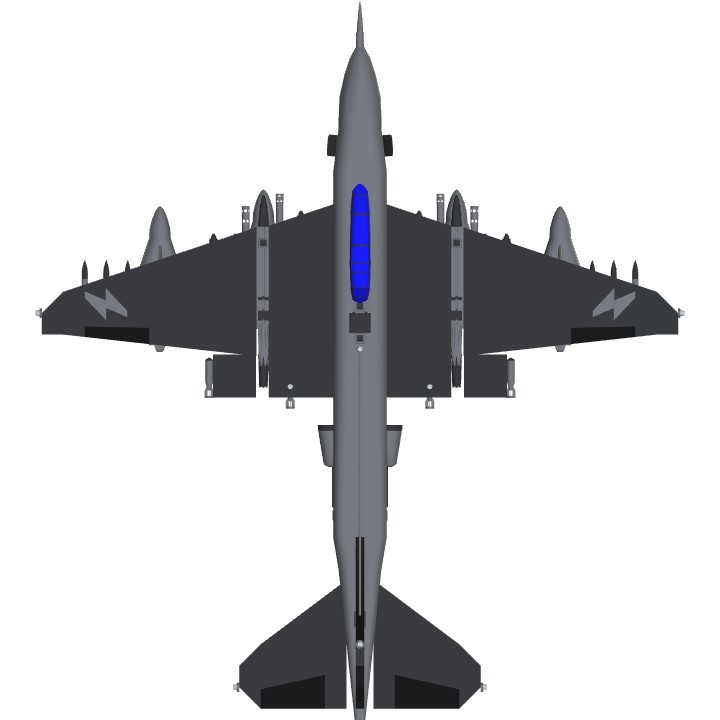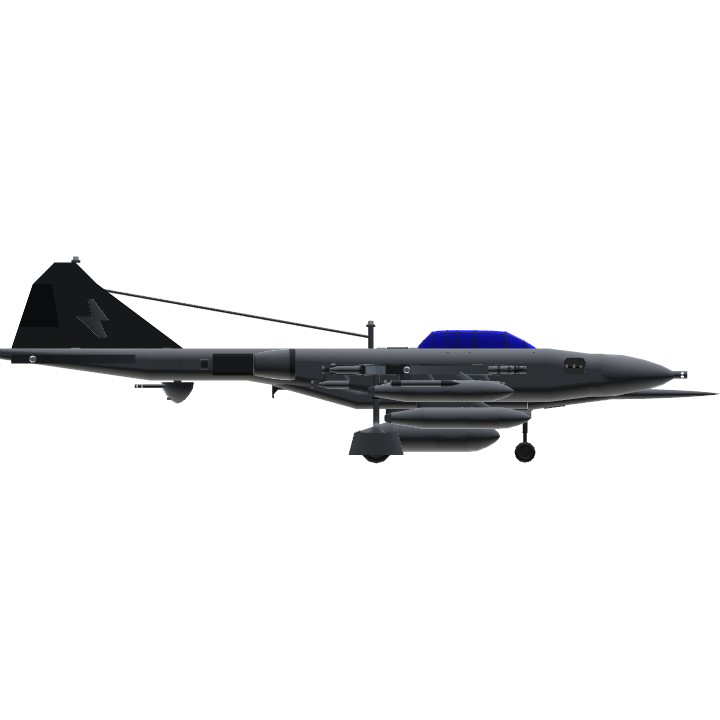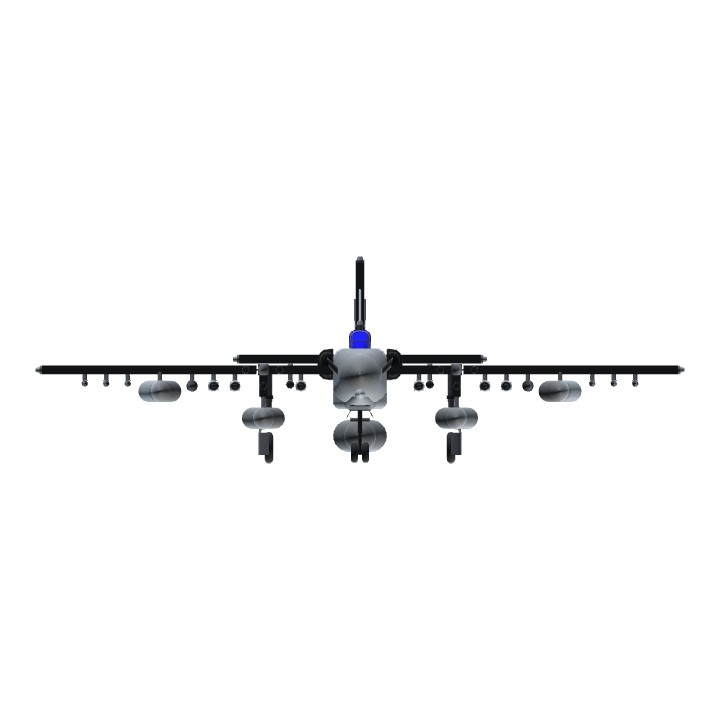Produced by Lockheed, designed to use the extra booms, prototype variants of the Allison engines, and even segments of wings (in earlier models) of the
P-38. With the war in the Pacific raging on, the United States Army Air Corps needed a new ground attack fighter that was both smaller and faster than the aircraft that held this role at the time. Engineers at Lockheed, using reverse engineered components from captured German Me-262's and the body segments of the P-38, created the PA-19 to fill this role. After removing the propellers and adding twin jet exhaust to the wings to keep the aircraft both stable and fast. With the main engine situated in-front of the cockpit to bring the center of mass, or CoM, forward of the aircraft. The intake being behind the main fuselage of the aircraft is a reminder of its heritage to the P-38, you can see the ducts in which the intakes do their job throughout the aircraft. Several of these aircraft saw a "Trial by Fire" test in combat on April 1, 1945 at Okinawa, Japan. After taking off from the U.S.S Makin Island (CVE-93) the group of three PA-19's, then named the XA-19, headed towards the Western coast of Okinawa to support friendly Marine and Army units that were conducting an amphibious landing of the Island. Then they flew across the island and helped 10th Army capture the airfield located at Kadena by offering close air support. Losing one aircraft to enemy ground fire, the two remaining XA-19's landed on Kadena to refuel and rearm. The remaining group of aircraft then engaged in smaller conflicts across the island. On May 29, 1945, the group of XA-19's assisted 1st Battalion, 5th Marine Regiment on the attack of Shuri Castle (About 22.1 Km from the modern day city of Okinawa, Japan.) destroying Japanese artillery batteries and MG nests, the two aircraft only saw light damage from small arms fire. The few Japanese prisoners that the Marines captured called the craft "Akuma", as it seemed to "Scream through the sky reaping those that crossed its path.". After seeing the success of the XA-19 and their many sorties over Okinawa, the USAAC ordered a total of 132 new aircraft, and pressed it into full service. The aircraft then became the Lockheed PA-19 "Shock wave", and saw relative success during following conflict in Korea (1950-1953), only losing 48 out of the originally built 132. After war in Korea, and extra 254 air frames were ordered by the then recently renamed US Air Force (Changed from United States Army Air Corp to United States Air Force in 1947) The now renamed A-19 then saw service in the beginning of the conflict in Vietnam, attacking supply routes used by the Viet-Cong, such as the Ho-Chi Mihn trail. The A-19 then began to be quickly fazed out of service by aircraft such as Republic's F-4 "Phantom II", which could fill the role of both a fighter and an attacker. The A-19 was officially retired from service on December 30, 1964.
This PA-19 comes equipped with;
x6 HVAAR Rockets
x2 Torpedos
x6 50 LB bombs
x4 25 LB bombs
x7 Forward facing fast firing Mg's (one in the nose and six mounted to the wings
x5 drop tanks (AG1 drops them and they have parachutes for "recovery")
Radar located in the nose for finding ground targets
Chaff to discourage lock on weapons
Foldable wings for storage on carriers (AG8 and VTOL down to fold properly)
Tail-hook for landing on carriers (AG2)
Airbrakes
Navigation lights are AG7 to activate
And a rear facing turret with two .50 MG that is operated by the bombardier
(AG6 and VTOL controls the turret. De-activate AG8 to prevent wing fold up while using the turret.)
I hope everyone enjoys this fictional aircraft.
Specifications
General Characteristics
- Created On Windows
- Wingspan 24.7ft (7.5m)
- Length 27.5ft (8.4m)
- Height 7.9ft (2.4m)
- Empty Weight 7,719lbs (3,501kg)
- Loaded Weight 9,379lbs (4,254kg)
Performance
- Power/Weight Ratio 2.395
- Wing Loading 70.6lbs/ft2 (344.7kg/m2)
- Wing Area 132.9ft2 (12.3m2)
- Drag Points 2428
Parts
- Number of Parts 204
- Control Surfaces 5
- Performance Cost 990

